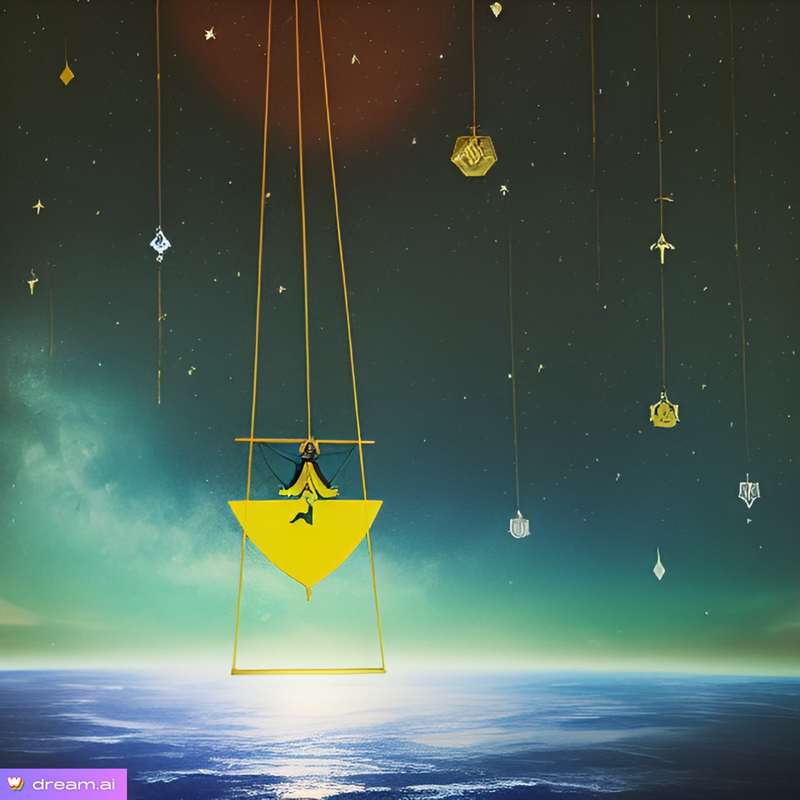|
REPRINTED FROM ECOVATIVE NEWSLETTER
LATEST FROM ECOVATIVE Designer Isabel Correa's experiments ask what interspecies collaboration looks like. Turning a corner in the basement of Columbia University's Teachers College, the heat suddenly rose by several degrees. "This is where it gets very hot," said designer and PhD candidate Isabel Correa, leading the way down the winding corridors. "It's good for the mushrooms." Down a smaller row of offices was the entrance to the 'Snow Day Learning Labs' — an ironic name, given the temperature — the former makerspace where Correa experiments with mycelium. Inside, molded shapes and plastic bags were filled with fungi in different stages of growth, fuzzy white blocks of different shapes and sizes were strewn about, mushrooms sprouted from small containers of substrate. Dried mushrooms on display at the Human/Nature Entanglements exhibition The purpose of all the mushroomy objects was less about creating anything practical or tasty, and more about exploring a creative process that goes beyond the human mind. Engaging students with a living material — with its own needs, priorities and, perhaps, even its own perspective — creates an opportunity to collaborate with another form of life. Several floors above us in the Gottesman Libraries, these ideas and experiments took the form of an exhibition, called Human/Nature Entanglements — Explorations in Creativity Beyond Human. Included among the exhibitions are beautiful objects made with mycelium On a long table, a variety of colorful, textured objects sit under glass cases and jars. Some look like laser-cut rice cakes, others fused with colorful bioplastics, looking like laminated squares of sushi. The molds and design work were made by Correa and her students; the mycelium was sourced with a GIY Kit from Ecovative. They all represented a question posed to the fungi. Will it hold together in this shape? If not, why? Will it play nicely with home-brew bioplastics? Why does it grow one way in this environment, and another way in a different environment? On the table, video panels explained the process of working with this 'living clay', and along the walls colorful banners graphically illustrated the blurry lines between human and fungi. Isabel Correa demonstrates a video display at the Human/Nature Entanglements exhibition "I'm not trying to do anything useful, I'm more exploring what we can do together with this organism," said Correa. "I'm more interested in the relationship between the creator and the living organism, rather than whether they can create something useful or solve a problem."-Isabel Correa"How can we cultivate this relationship?"
0 Comments
Your comment will be posted after it is approved.
Leave a Reply. |
Archives
November 2023
|


 RSS Feed
RSS Feed
